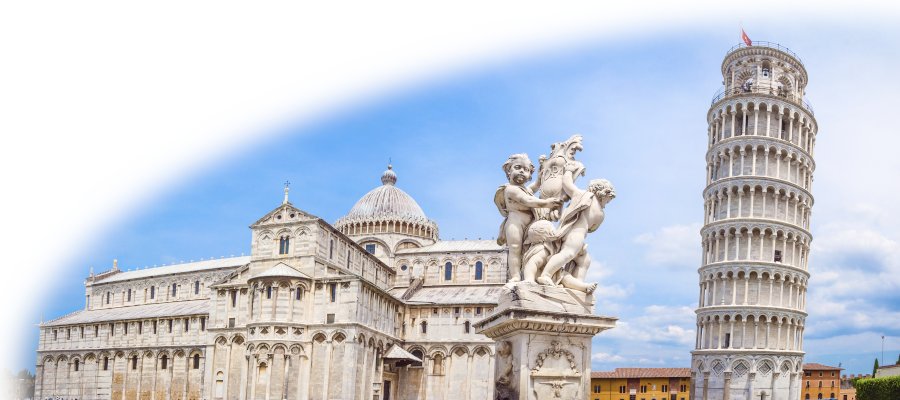-
 See all ...View our full range of attractions, activities and destinations ...
See all ...View our full range of attractions, activities and destinations ...-
- Michelangelo's David
- Michelangelo's Secret Room
- Uffizi Gallery
- Florence Cathedral
- Palazzo Vecchio
- Pitti Palace
- Boboli Gardens
- Vasari Corridor
- Bargello
- Santa Croce
- Brancacci Chapel
- Medici Chapels
- Florence tours
- Walking tours
- Art tours
- Segway tours
- Bicycle tours
- Bus tours
- Cooking course
- Wine tasting
- Florence excursions
- Airport shuffle
- Train tickets
- Colosseum tickets
- Colosseum tours
- Colosseum dungeons
- Colosseum by night
- Vatican tickets
- Vatican tours
- Private Vatican tours
- St Peter's Basilica
- Borghese Gallery
- Domus Aurea
- Caracalla baths
- Castel sant'Angelo
- Palazzo Valentini
- Roman catacombs
- Rome tours
- Rome private tours
- Rome Segway
- Rome by bike
- Rome bus tours
- Train tickets
-
-
 FlorenceNew OffersFlorence, 'Cradle of the Renaissance', home to Michelangelo's David, the Uffizi Gallery ...
FlorenceNew OffersFlorence, 'Cradle of the Renaissance', home to Michelangelo's David, the Uffizi Gallery ...-
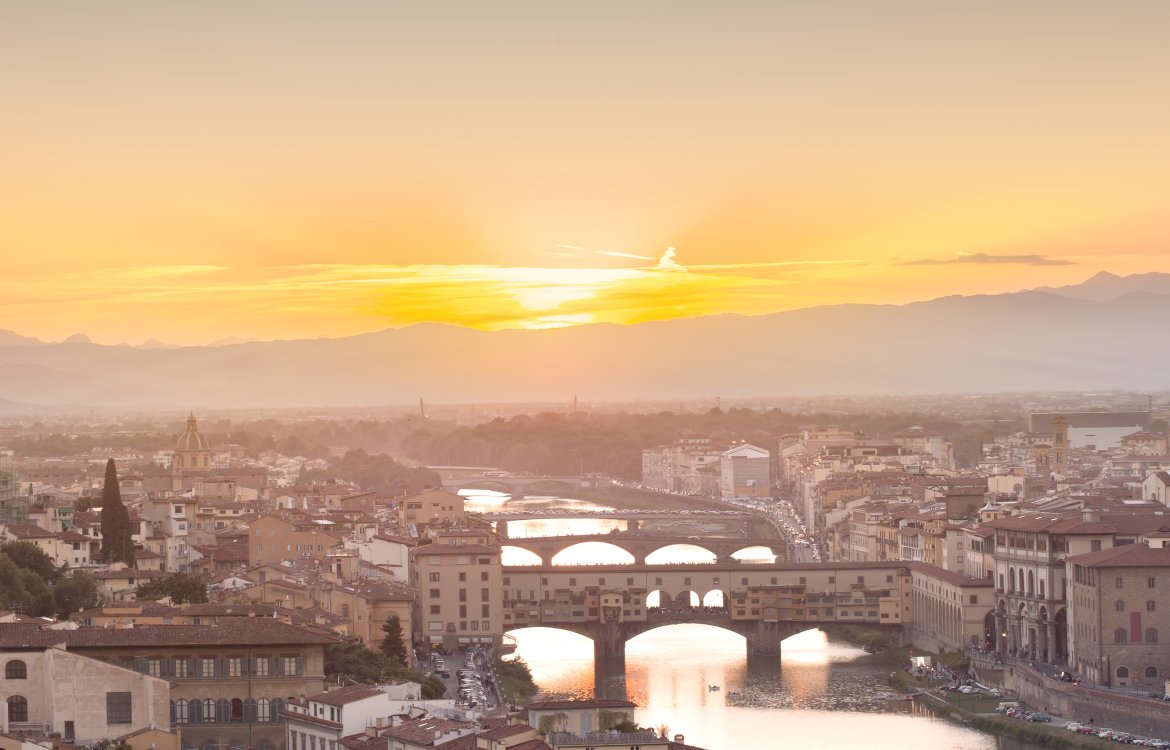 Discover Florence
Discover Florence
Florence - Firenze - is many things; the heart of Tuscany, a Renaissance jewel, a true city of art. It's home to the Uffizi, one of the oldest museums in the world, and the Accademia, home to one of the most famous statues in the world - David. The incredible Cathedral - Duomo dominates the skyline, with Brunelleschi's fabulous dome - cupola, and Giotto's mighty clock-tower - campanile.
Background, must-sees and map of Florence, "Cradle of the Renaissance":
Explore Florence
-
-
 RomeLate dealsRome, the 'Eternal City', explore the Colosseum, The Roman Forum, the jewels of Ancient Rome ...
RomeLate dealsRome, the 'Eternal City', explore the Colosseum, The Roman Forum, the jewels of Ancient Rome ...-
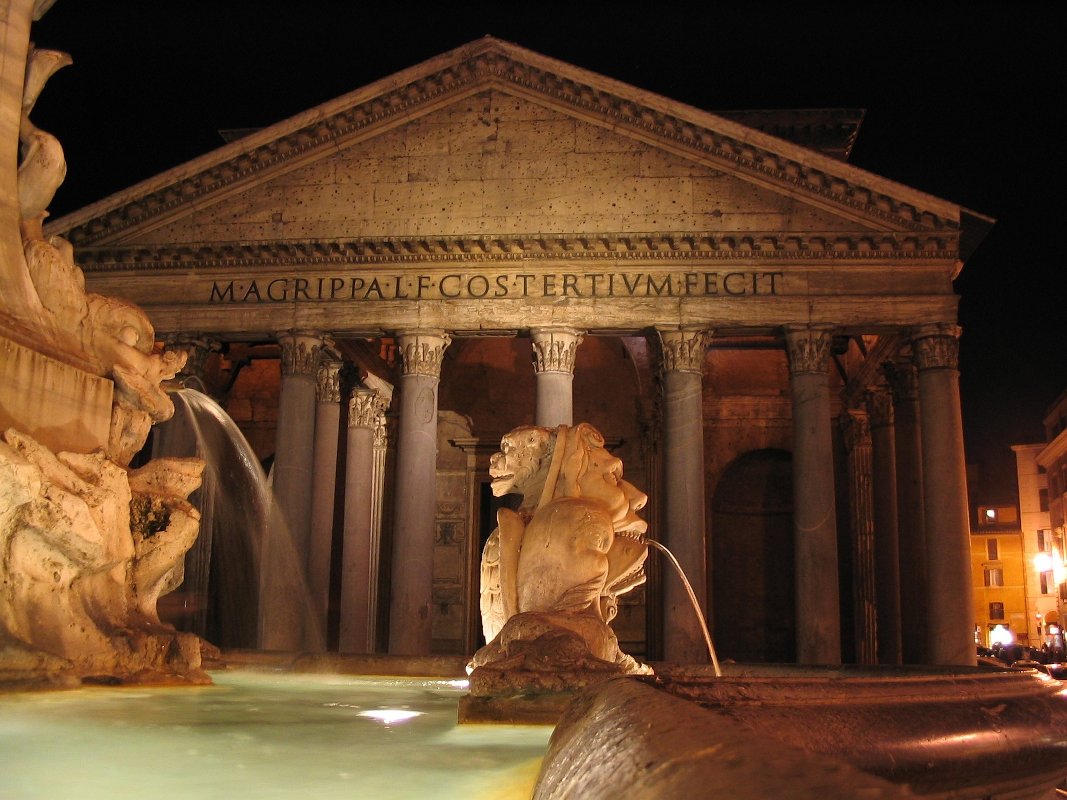 Discover Rome
Discover Rome
Rome - Roma - is the Classical city of the Forum, the Pantheon and the Colosseum. It is pagan temples, early Christian Churches, Renaissance Basilicas, the Vatican of course. Rome is an architectural masterclass in the Classical, the Romanesque and all flavours of Gothic architecture, of the Baroque. And it is the romantic city of the Trevi Fountain and the Spanish Steps.
Background, must-sees and map of Rome, "The Eternal City":
Explore Rome
-
-
 The VaticanSkip the linesThe Vatican and St Peter's, home of the Catholic Church and the treasures of the Vatican Museums ...
The VaticanSkip the linesThe Vatican and St Peter's, home of the Catholic Church and the treasures of the Vatican Museums ... -
 VeniceVenice, the floating city. Wonder at the Doge's Palace, St Mark's Square, and explore the canals by gondola ...
VeniceVenice, the floating city. Wonder at the Doge's Palace, St Mark's Square, and explore the canals by gondola ... -
 MilanLast Supper ExclusivesMilan, home of fashion, the fabulous Gothic Duomo, and, of course, Leonardo da Vinci's Last Supper ...
MilanLast Supper ExclusivesMilan, home of fashion, the fabulous Gothic Duomo, and, of course, Leonardo da Vinci's Last Supper ...-
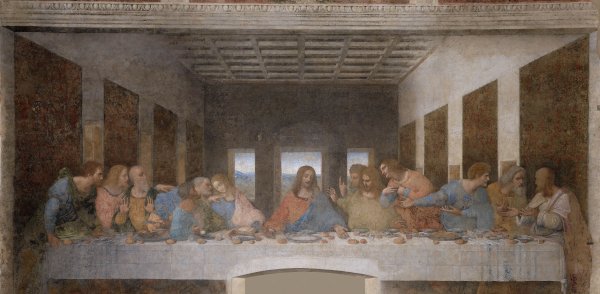 Da Vinci's Last SupperWe have specialised in Last Supper
Da Vinci's Last SupperWe have specialised in Last Supper
tickets and tours for over 15 years.
Availability is always limited and
advanced booking is essential.
Check availability
-
-
 PisaSkip the linesPisa, home to the must-see Leaning Tower of Pisa and the nearby annual Andrea Bocelli concert.
PisaSkip the linesPisa, home to the must-see Leaning Tower of Pisa and the nearby annual Andrea Bocelli concert.  Tailor-made Private ToursCustom private tours and excursions on request
Tailor-made Private ToursCustom private tours and excursions on request
- Best sellers:
- Tailor-made tours
- David, Florence
- Uffizi Gallery
- Vatican
- Last Supper
- Pisa Tower
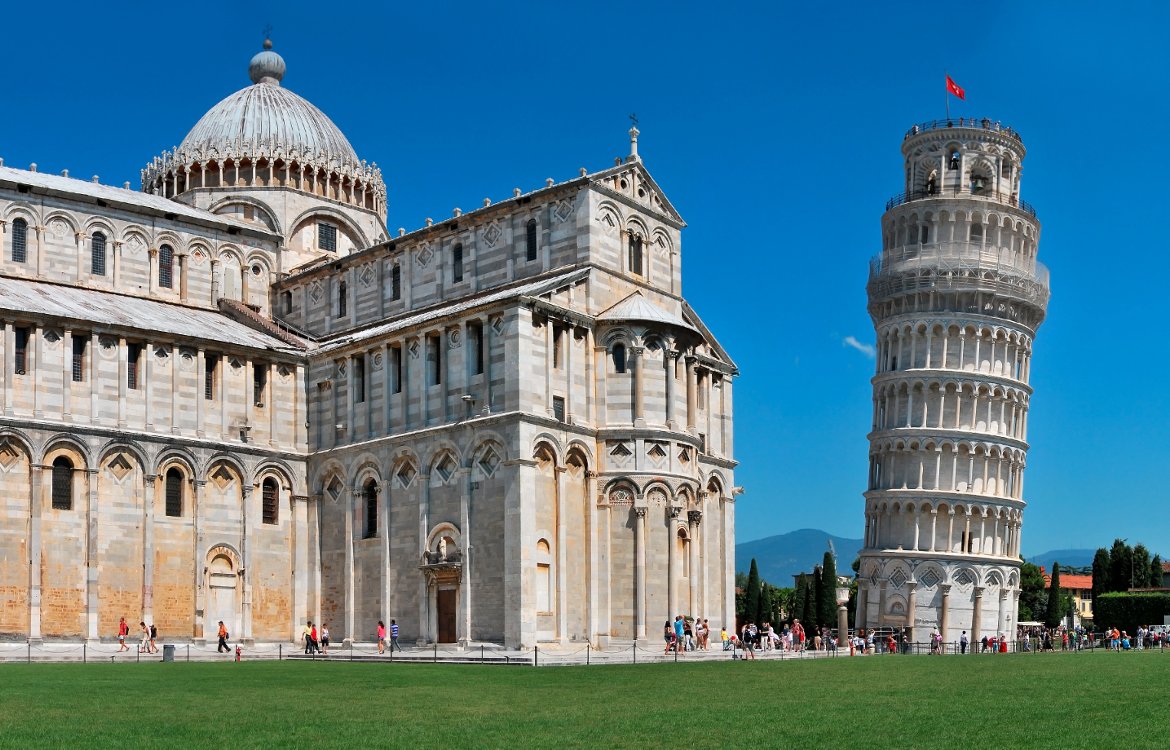
Doge's Palace (Palazzo Ducale), Venice - about.
Book tickets for the Doges Palace
The Doges's Palace (Palazzo Ducale), Venice, Italy - visitor information.
The Palazzo Ducale, or Doge’s Palace, was the seat of the government of Venice for centuries. As well as being the home of the Doge (the elected ruler of Venice) it was the venue for its law courts, its civil administration and bureaucracy and — until its relocation across the Bridge of Sighs — the city jail.
The system of elected doges was as singular as everything else about this very singular city, and lasted for 1000 years, from the election of Paolo Lucio Anafesto in 697AD to the deposing of Ludovico Nanin in 1789.
The Serene Republic was just that, a republic, and guarded fiercely against hereditary rule, though as we will see that principle was increasingly shaped to the advantage of the ruling classes. A vast bureaucracy of elected civil servants, committees and councils was presided over by the only figure elected for life, the doge.
The doge sat on numerous of the committees and thus played a huge role in steering policy; the principle of rule for life was an attempt to establish stability, a mature check on the whims of temporarily elected officials … not unlike Britain’s House of Lords. But the Venetians were wary of the corruptions of lifetime rule and established a similarly complex system of checks on the doge. All his mail was read first by the censor; all foreign dignitaries were received in committee rather than by the doge alone.
Transgressions were taken seriously. The palace’s most impressive room, the Sala del Maggior Consiglio (the Hall of the Great Council), has a frieze of paintings of the first 76 doges … with the exception of Marino Faliero (or Marin Falier). The 55th doge was appointed on 11 September 1354 and by 1355 was plotting a coup, after which he would declare himself prince. Perversely this was fired by a hatred for the nobility, and more plausibly by his senility (he was already in his seventies). The hapless Falier pleaded guilty, was beheaded, mutilated and condemned to Damnatio Memoriae, whereby all traces of a person would be expunged from history or memory. His place on the wall of paintings is empty, covered by a black veil.
First raised in the ninth century, the Palazzo Ducale was rebuilt many times thereafter, and it was with the construction of the Sala del Maggior Consiglio in 1340 that the present building really took shape. Work continued until 1420, largely under the guidance of architect and sculptor Filippo Calendario.
The new hall was built parallel to the waterfront and entered by the Porta della Carta (although tourists today don’t use this entrance). This grand entrance was built by Giovanni and Bartolomeo Bon in 1438, a commission from the then doge, Francesco Foscari. One of the many acts of vandalism perpetrated by Napoleon upon Venice was the destruction of the sculptures of Foscari and his lions here (the smashing undertaken by the chief of the stonemason’s guild). The sculptures you see now are later replicas. Porta della Carta means ‘paper door’, probably so named because city decrees were once nailed here for the public to see.
The new palace was enormously impressive. Huge walls of white limestone and pink marble were softened by porticos, finely wrought loggias, a crenellated roof and a series of balconies by Pier Paolo and Jacobello Dalle Masegne. The Palazzo Ducale is a superb example of Venetian Gothic architecture and even later vandalism didn’t spoil it. Work on the palace has barely stopped in the intervening centuries (today parts of it can, rather annoyingly, be closed with little notice, but the building does receive constant care and restoration). So as well as good medieval carvings you will see fine 19th century copies, and probably not be any the wiser.
The decoration is enormously elaborate and impressive. The 36 capitals on the lower colonnade of the building have carvings of beasts, flowers and representations of the months of the year. Didactic moral sculptures represent scenes such as the Judgement of Solomon, the Drunkenness of Noah and Adam and Eve with the Archangel Gabriel, and so on.
You will enter the palazzo through a door next to the Lagoon, and enter an enormous courtyard, and the Arco Foscari. Here we see the mix of styles that make up the palace, as successive doges tried to make the palace ever more magnificent. Antonio Rizzo built the eastern façade in 1485, an exercise in Renaissance classicism, decorated by Pietro, Antonio and Tullio Lombardo. The south and west sides meanwhile, are Gothic in flavour. Sansovino built an enormous staircase, the Scala dei Giganti, in the mid-16th century. Spavento, Scarpagnino and Bartolomeo Monopola completed the courtyard in around 1600.
Climb the Scala dei Giganti, overlooked by huge statues of Neptune and Mars, and you reach the first-floor loggia. Here doges were crowned after a service in St Mark’s. Many of the paintings in the first area are workmanlike (there was a mass commission of work to replace paintings destroyed in a fire in 1577). Look on these and dream of the works by Titian, Bellini and Pisanello which were lost … there’s much better to come.
See the Museo dell’Opera, displaying capitals from the exterior arcading of the palace. The staircase beneath the south-east of the portico (the Scala d’Oro, or golden staircase) was designed by Sansovino and leads you to a succession of rooms from the 16th century. Notice the gilt stuccoes by Alessandro Vittorio in the ceiling to the staircase.
Upstairs you’ll move through the doge’s private rooms to the Anticollegio, where the doge and council would meet foreign dignitaries. The Anticollegio has four Tintorettos (Vulcan’s Forge, Mercury and the Graces, Bacchus and Ariadne and Minerva and Mars, and Veronese’s Rape of Europa. You pass through the Sala degli Scarlatti by Pietro Lombardo, the Cappella Privata del Doge (St Christopher by Titian on the outside); the Sala delle Quattro Porte contains Titian’s Doge Antonio Grimani Kneeling before Faith. The Sala del Collegio is a room by Palladio hung with canvases by Tintoretto; the Sala del Consiglio dei Dieci has works by Veronese; and the Sala dell’Armamento the remains of Guariento’s fresco, Paradise, wrecked in the fire.
Then we move on to the Sala del Maggior Consiglio, the most magnificent room in the palace and then out over the Ponte dei Sospiri (Bridge of Sighs, constructed 1602) to the city’s ‘new’ prison. Before it was built, prisoners were kept in the eaves of the doge’s palace, (the Piombi or ‘leads’) or in the cellars (the Pozzi or ‘wells).
Book tickets for the Doges Palace
Why Tickitaly?
| Based in Italy for 15+ years. Local knowledge, local contacts. We're here to help. | |
| Transparency. All tickets are full-entrance with no extras to pay! | |
| Availability - we'll often get you in when availability elsewhere is exhausted. | |
| Trust - we've been working with suppliers and guides for ever! Over 10,000 reviews with an average of almost 5 out of 5! |
Payments
We use industry standard Stripe for all-secure payments.
You'll be charged nothing until we have confirmed your tickets and tours.
All prices are displayed in full - there are no additional charges 'on-site' and you will be arriving with the confidence of carrying fully-paid tickets.
Tickitaly is a Licensed Italian Travel Agency
Registered at the Florence Chamber of Commerce
P.IVA 05144650487
We use industry standard Stripe for all-secure payments.
You'll be charged nothing until we have confirmed your tickets and tours.
All prices are displayed in full - there are no additional charges 'on-site' and you will be arriving with the confidence of carrying fully-paid tickets.


